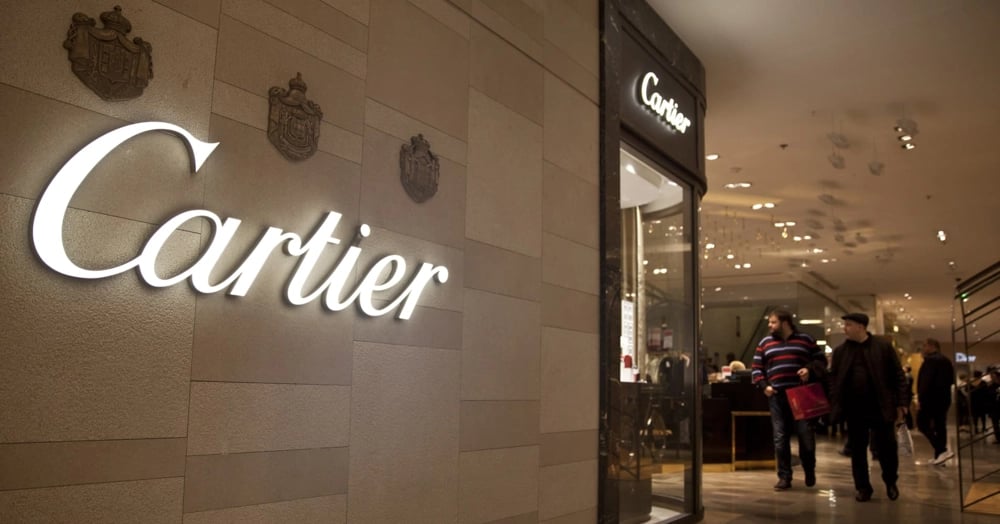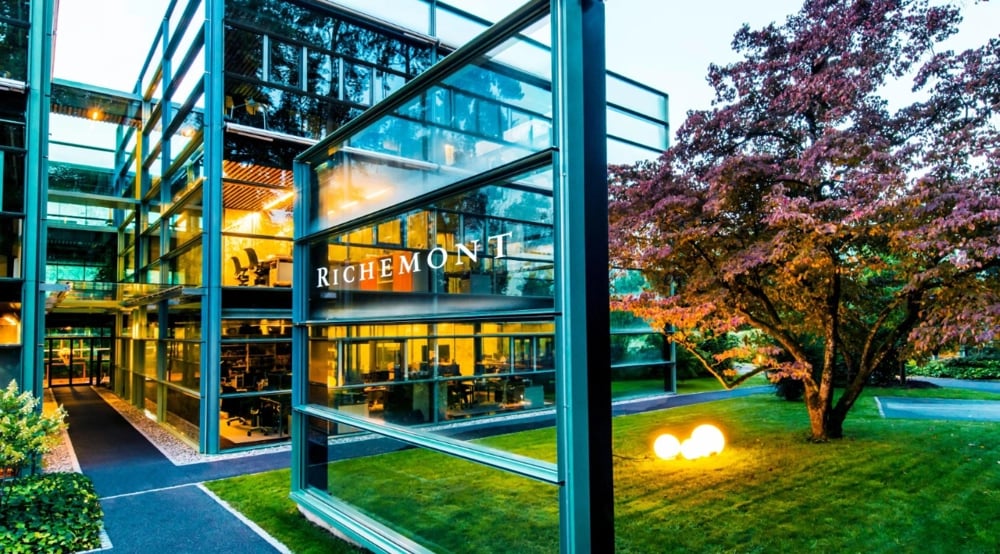
Richemont SA $CFR.SW, a Swiss powerhouse renowned for its luxury products, has reported robust sales growth for its financial year ending in March. Despite a global slowdown in the demand for luxury goods, Richemont’s iconic brands, especially Cartier, have continued to attract strong consumer interest, helping the group outperform many international competitors within the industry.
Richemont’s jewelry division, which includes both Cartier and Van Cleef & Arpels, has emerged as a key driver of the company’s success. According to the company’s official statement, annual sales in this segment grew by 8% at constant exchange rates. This exceeded analyst forecasts, which projected 7.54% growth, further highlighting Richemont’s market leadership during volatile times.
Notably, the jewelry division’s revenue growth accelerated to 11% in the final quarter of the financial year. This resilience indicates that Richemont’s portfolio continues to appeal to consumers even as the broader luxury sector grapples with global headwinds.

Following the earnings announcement, Richemont SA’s shares jumped as much as 5.7% in early Swiss trading. For the year to date, Richemont’s stock price has appreciated by approximately 15%, in stark contrast to the performance of French luxury conglomerate LVMH $MC.PA, whose shares have dropped 17% over the same period. This divergence reflects investors’ growing confidence in Richemont’s strategy and the brand’s relative resilience compared to competitors.
Main Factors Behind Richemont’s Successful Strategy
Continuous focus on the development of the jewelry segment, anchored by globally recognized brands such as Cartier and Van Cleef & Arpels;
Agile and targeted marketing initiatives aimed at maintaining brand loyalty;
The longstanding reputation and heritage of the group’s flagship names, giving Richemont a strategic edge during uncertain times;
Unwavering commitment to product quality and innovation, fueling sustained demand even as luxury spending slows;
Prudent risk management and the flexibility to adapt core business operations to evolving global trends.

Richemont SA’s latest results underline a key trend: even as the luxury market cools on a global scale, companies with strong, recognizable brands can sustain and even boost their market capitalization. The company’s solid sales growth—contrasting the decline seen by major rivals—shows the critical importance of long-term vision and a relentless focus on quality. As the luxury sector continues to evolve, those business models blending innovation with traditional brand values are set to define the industry’s future.
It’s impressive to see Richemont thriving while so many others are struggling in the luxury market.
Richemont’s ability to shine amid a tough market really highlights the strength of its legendary brands.